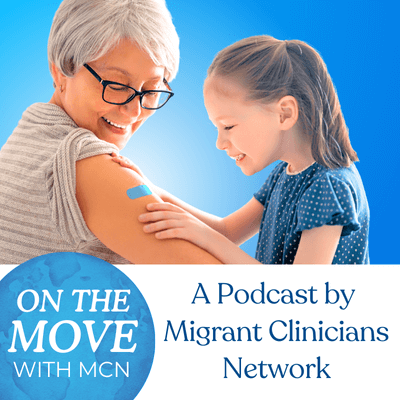Workers' Memorial Day
 An estimated 54,000 workers died last year as a result of work-related injuries and illness. That figure, released this week for Workers’ Memorial Day by the National Council for Occupational Safety and Health, includes the 4,000-plus who died on the job, and the roughly 50,000 who died from long-term exposure to hazardous substances like asbestos and benzene. But that shocking figure doesn’t tell the whole story.
An estimated 54,000 workers died last year as a result of work-related injuries and illness. That figure, released this week for Workers’ Memorial Day by the National Council for Occupational Safety and Health, includes the 4,000-plus who died on the job, and the roughly 50,000 who died from long-term exposure to hazardous substances like asbestos and benzene. But that shocking figure doesn’t tell the whole story.
You’re at a higher risk if you’re an immigrant or Hispanic.
Foreign-born workers are more likely to die on the job. Many immigrants work in high-risk industries such as agriculture and construction. According to the report, Hispanic workers are at greater risk of death on the job than other workers. While the overall worker death rate declined between 2012 and 2013, there was a nine percent increase in sudden workplace fatalities among Hispanics.
The total death toll is much higher.
As we think about those workers who died on the job and their families, we also think about those who die on their way work. Each year, hundreds of immigrants perish during their “commute” to work. There are few options for workers to enter the US legally. With the underlying goal of making a better living, and improving their families’ lives, many migrants make the challenging and sometimes deadly journey across borders in search of employment. Hundreds don’t survive the journey across the border, and never have a chance to start their jobs. These deaths, too, are work-related and preventable.
 It’s a public health crisis.
It’s a public health crisis.
In 2009, the American Public Health Association released a policy statement on border crossing deaths and concludes “border crossing deaths are a public health crisis” -- we agree.
We at Migrant Clinicians Network are dedicated to the human rights of people as they move for work. For Workers’ Memorial Day, we remember the 54,000 workers who died last year -- and the hundreds of others who died on their way to work. We recognize that these deaths, whether on the job or on the way to work, are not “accidents” -- they are preventable.
By Amy K. Liebman, MPA, MA
Photos by Karl Hoffman
- Log in to post comments






